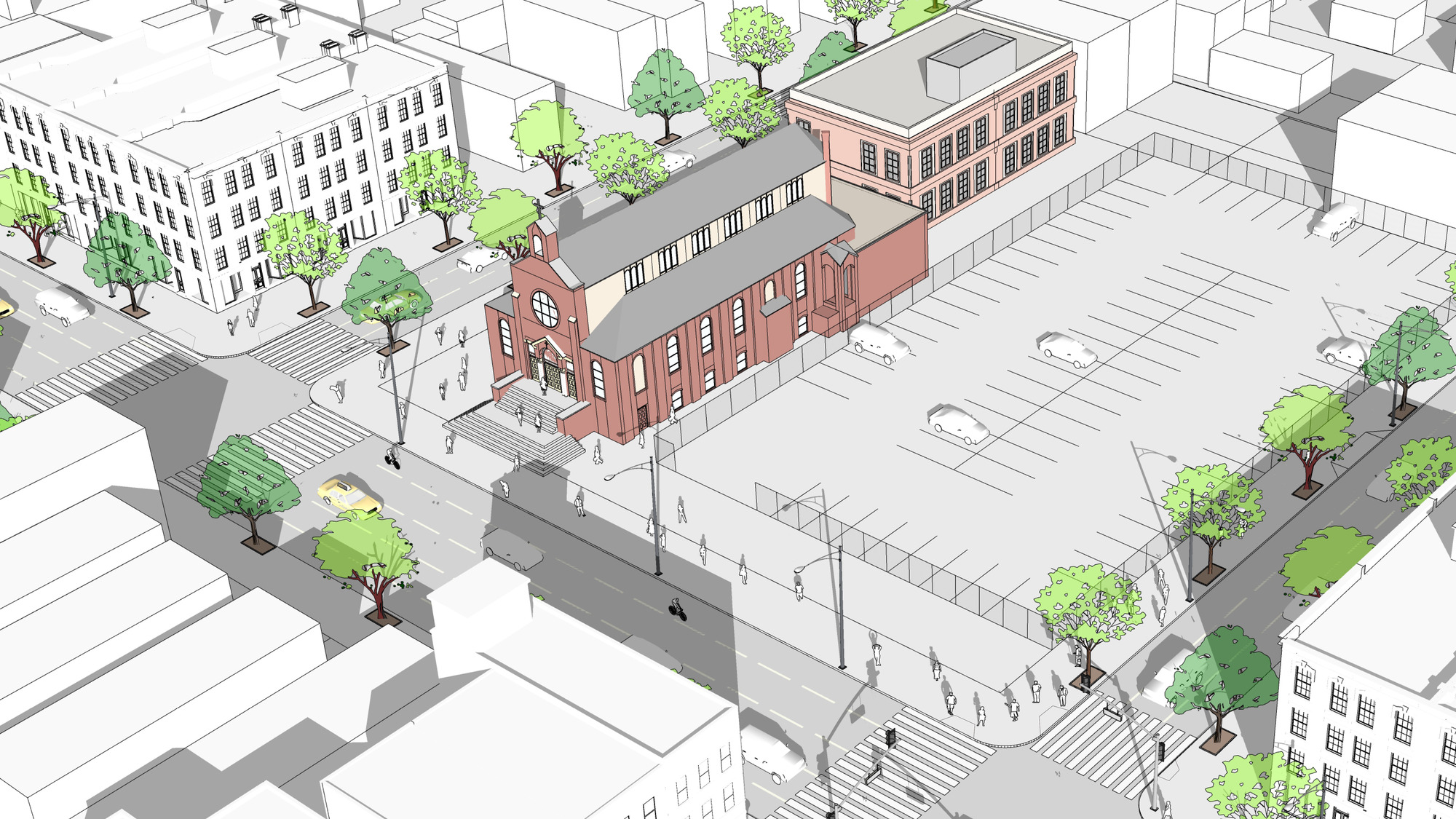The Mixed-Income Market Initiative (MIMI), a city-funded housing program, was launched by the NYC Department of Housing Preservation and Development.

Photo from Google
Mixed-Income Market Initiative Sparks Concerns Over Budget Expenditure and Feasibility in NYC
Due to its high direct expenditures to the city, the MIMI program has caused concerns during severe budget cuts to key services. MIMI uses the city’s limited money to encourage developers to build “affordable units” alongside market-rate ones, unlike prior tax relief programs. Deputy Mayor Maria Torres-Springer stressed transferring the impoverished into “high opportunity” districts.
The MIMI proposal is criticized for its impracticality and cost. Upscale areas have higher building expenditures, including land, making each subsidized unit costly for the city. Instead of federal funding or property-tax rebates, the city uses its finances, depleting resources from other critical services. Due to the limited number of apartments developed, only a few will receive subsidized housing, leaving many low-income households without support.
Critics challenge the program’s income diversification goal for the city. The term “high-opportunity” neighborhoods suggests that others lack opportunity, understating New York City’s potential. Critics say the city should make every community “high-opportunity” rather than focus on socio-economic integration. This vision prioritizes good police, schools, and clean streets everywhere.
Prioritizing Education and Safety Over Expensive Housing Initiatives: Advocating for High-Opportunity Neighborhoods in NYC
These claims that disadvantaged communities have historically been launching grounds for upward mobility. During a budget crisis, job skills and English learning should be prioritized before subsidized housing. The argument is against funding a few cheap apartments to make a message and for making every New York City neighborhood a high-opportunity area.
MIMI is expensive, impractical, and focuses on restricted income variety. It proposes tackling education and safety to make all neighborhoods high-opportunity regions.




![Tyson Foods Plant [Photo: Food Manufacturing]](https://southarkansassun.com/wp-content/uploads/2023/08/iStock_1185520857__1_.5e441daa51cca-600x337.jpg)







![Silverado Senior Living Management Inc. [Photo: Los Angeles Times]](https://southarkansassun.com/wp-content/uploads/2023/10/download-6-4-600x337.jpg)

![China's Wuhan Institute of Virology [Photo: Nature]](https://southarkansassun.com/wp-content/uploads/2023/09/d41586-021-01529-3_19239608-600x337.jpg)
















